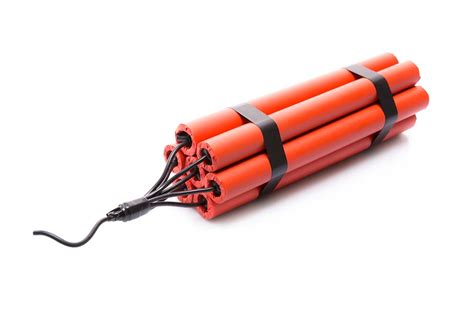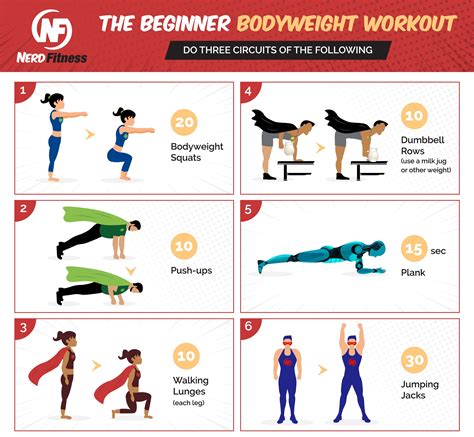Optimize workout intensity for peak strength & explosive power?

Achieving peak strength and explosive power isn’t merely about lifting heavy weights or performing endless repetitions; it’s fundamentally about optimizing your workout intensity. Intensity, in the context of resistance training, refers to the magnitude of the effort expended during an exercise. It’s the critical variable that dictates the physiological adaptations your body undergoes, making it the cornerstone of any effective program aimed at maximizing your athletic potential.

Understanding the Spectrum of Intensity
Workout intensity isn’t a one-size-fits-all concept. It can be quantified in various ways, primarily through a percentage of your one-repetition maximum (1RM) for strength, or the speed and effort of movement for power. For strength development, intensity typically means working with loads between 80-100% of your 1RM, focusing on fewer repetitions (1-6) per set. For power, while the load might be lighter (30-70% of 1RM), the intensity is measured by the speed and explosiveness of the concentric phase of the lift, demanding maximum neural drive.
Additionally, the Rate of Perceived Exertion (RPE) scale (1-10) offers a subjective but highly effective way to gauge intensity, allowing you to adjust your workout based on daily readiness. An RPE of 8-9 typically indicates optimal intensity for strength gains, leaving 1-2 reps “in the tank.”
Building Peak Strength: The Foundation
To cultivate peak strength, the principle of progressive overload is paramount. This means consistently challenging your muscles by gradually increasing the load, volume, or difficulty of your exercises over time. Focus on compound movements like squats, deadlifts, bench presses, and overhead presses, as they engage multiple muscle groups and allow for the heaviest loads. Prioritize proper form over ego lifts, as technique is crucial for both effectiveness and injury prevention. Adequate rest periods (2-5 minutes) between sets are vital to allow for ATP regeneration, ensuring you can maintain high intensity for subsequent sets.

Unleashing Explosive Power: Beyond Just Lifting Heavy
Explosive power—the ability to generate maximal force in minimal time—is distinct from pure strength but intrinsically linked. Training for power involves moving moderate loads at maximum speed or performing bodyweight exercises with explosive intent. Plyometrics, such as box jumps, broad jumps, and clap push-ups, are excellent for developing reactive strength and elastic energy. Olympic lifts like the clean and jerk or snatch are also superb for power development, teaching coordination, timing, and full-body explosiveness. The key is to focus on the intent to move the weight as fast as possible, even if the weight itself doesn’t move quickly.

The Art of Periodization and Progressive Overload
Sustaining high-intensity training without strategic planning can lead to overtraining and plateaus. Periodization, the systematic planning of training variations over time, is essential. This might involve cycling through phases of higher volume/lower intensity, followed by lower volume/higher intensity, or alternating between strength and power-focused blocks. Linear, undulating, and block periodization are common models. Incorporating deload weeks—periods of reduced intensity and volume—allows your body to recover, adapt, and return stronger, preventing burnout and promoting supercompensation. This strategic ebb and flow of intensity is critical for long-term progress.

Monitoring, Adjustment, and Recovery
Optimizing intensity is an ongoing process that requires diligent monitoring and adjustment. Pay attention to biofeedback: how you feel, your sleep quality, energy levels, and performance trends. Keep a detailed training log to track sets, reps, weights, and even RPE scores. If you consistently feel fatigued or see a drop in performance, it might be a sign to reduce intensity or take an extra rest day. Crucially, intensity without adequate recovery is counterproductive. Prioritize sleep, nutrition (especially protein and carbohydrates), and active recovery methods (stretching, foam rolling) to support muscle repair and adaptation. Recovery isn’t just a break from training; it’s where the gains are actually made.

In conclusion, optimizing workout intensity for peak strength and explosive power is a nuanced science. It demands a strategic approach to load management, an understanding of various training modalities, careful periodization, and a relentless commitment to recovery. By mastering these elements, you can unlock your full athletic potential and continuously push the boundaries of what your body can achieve.








